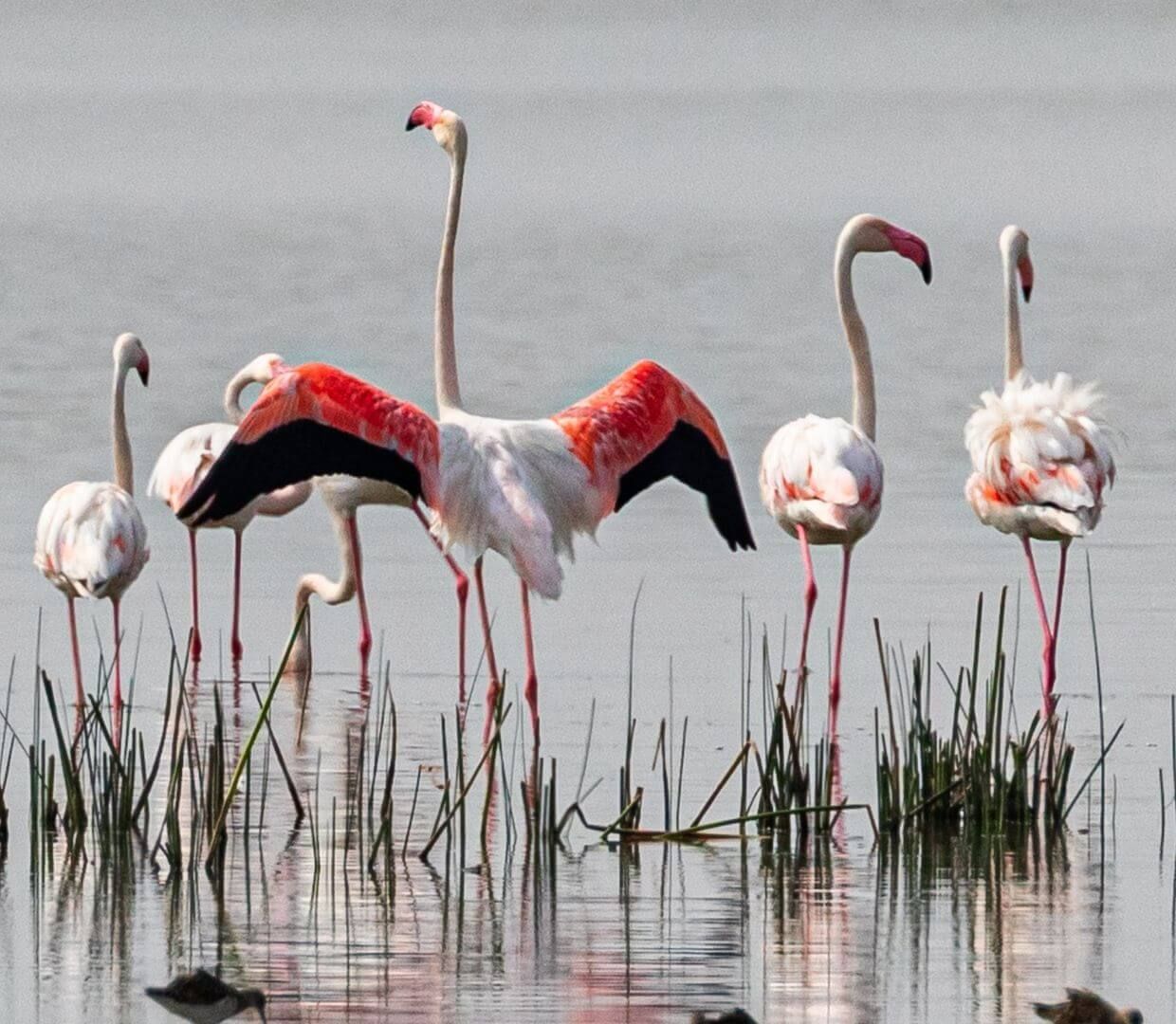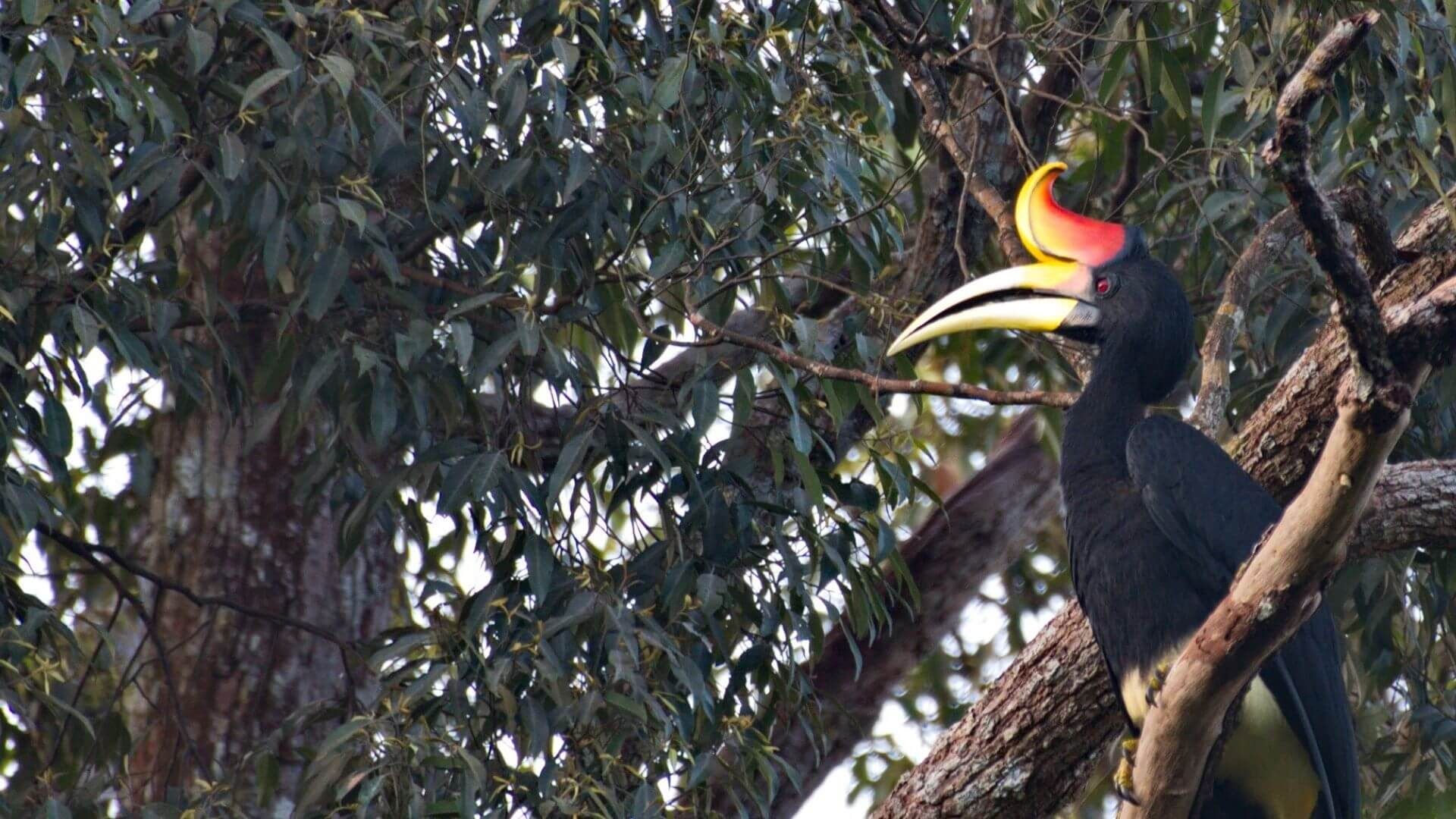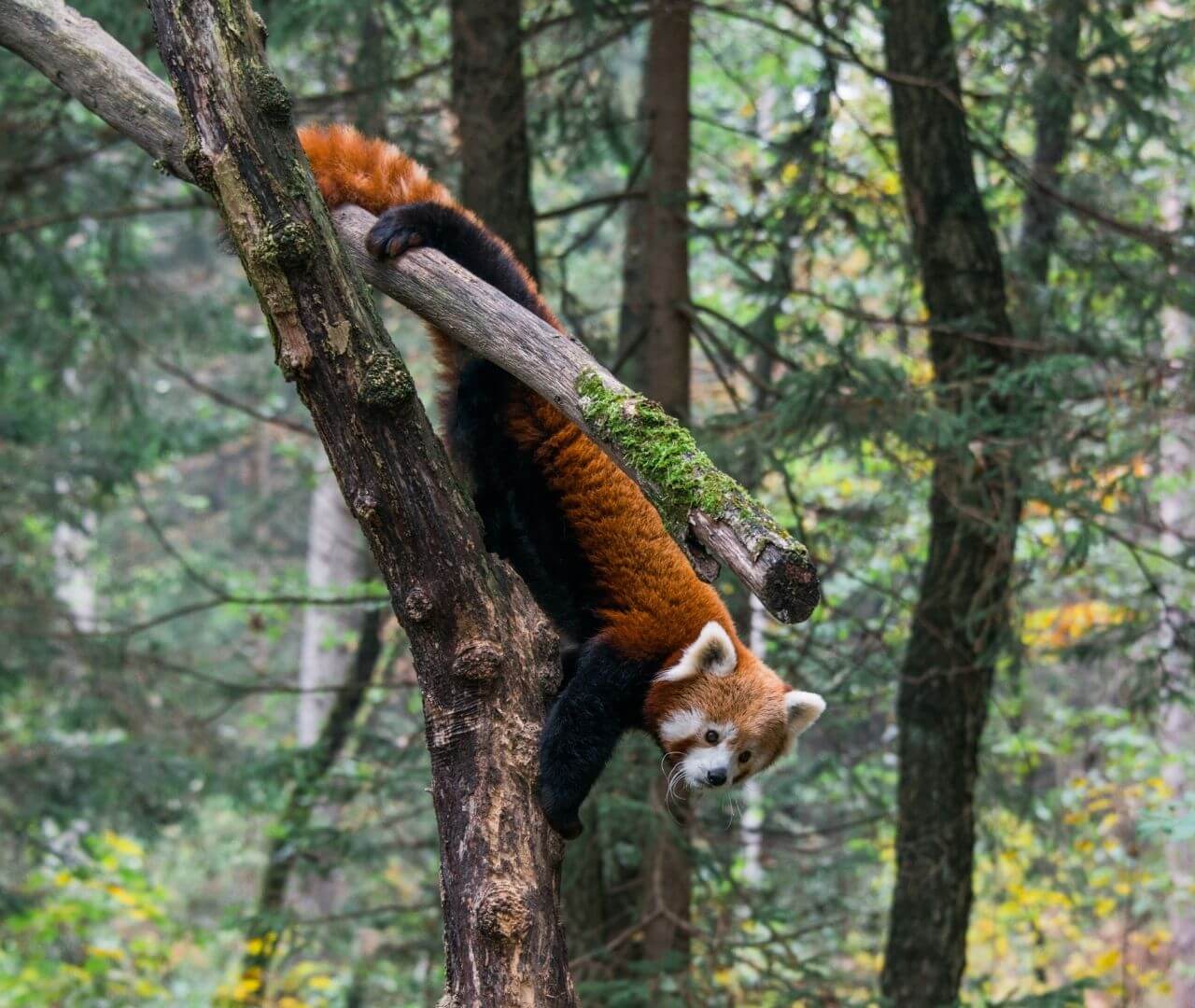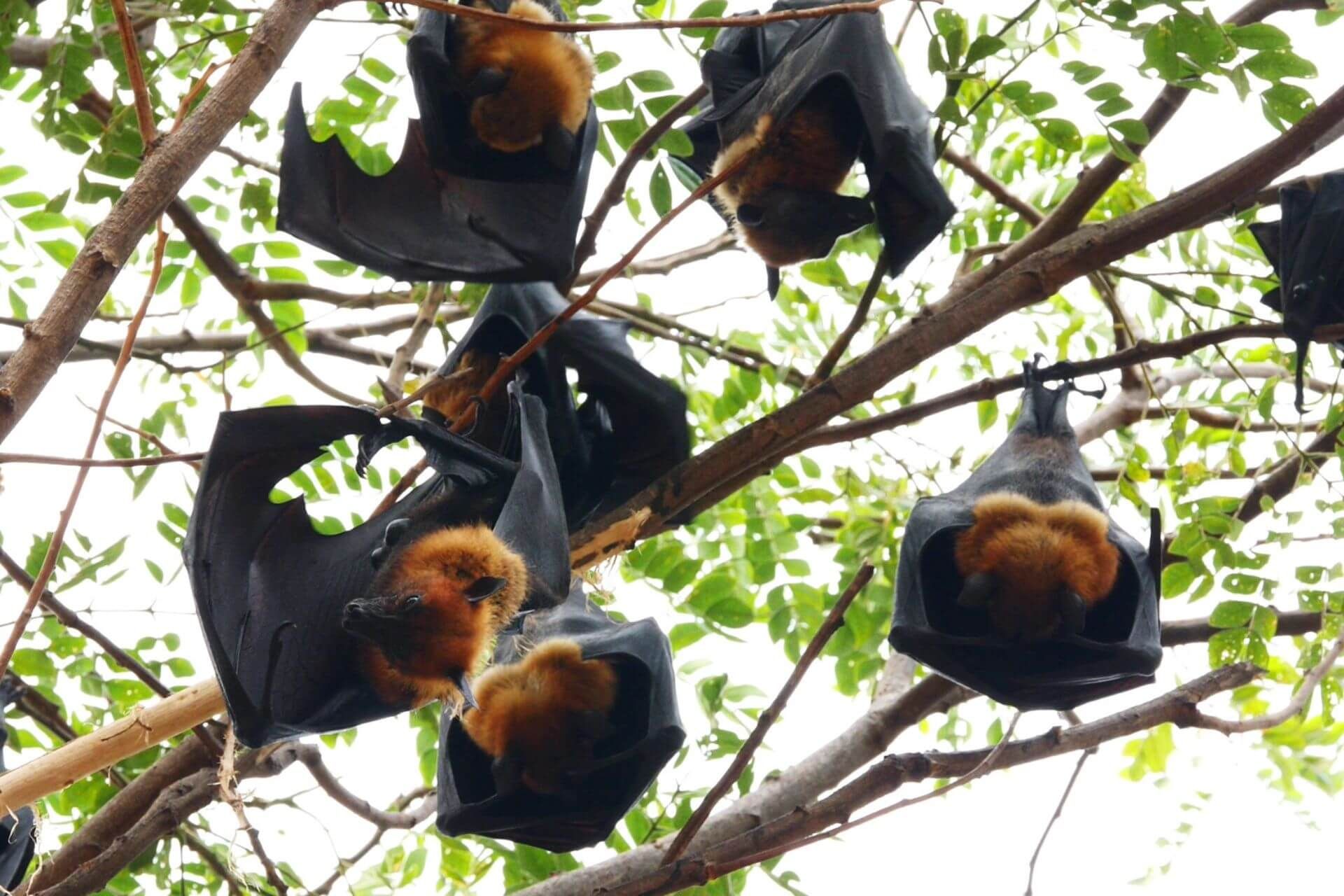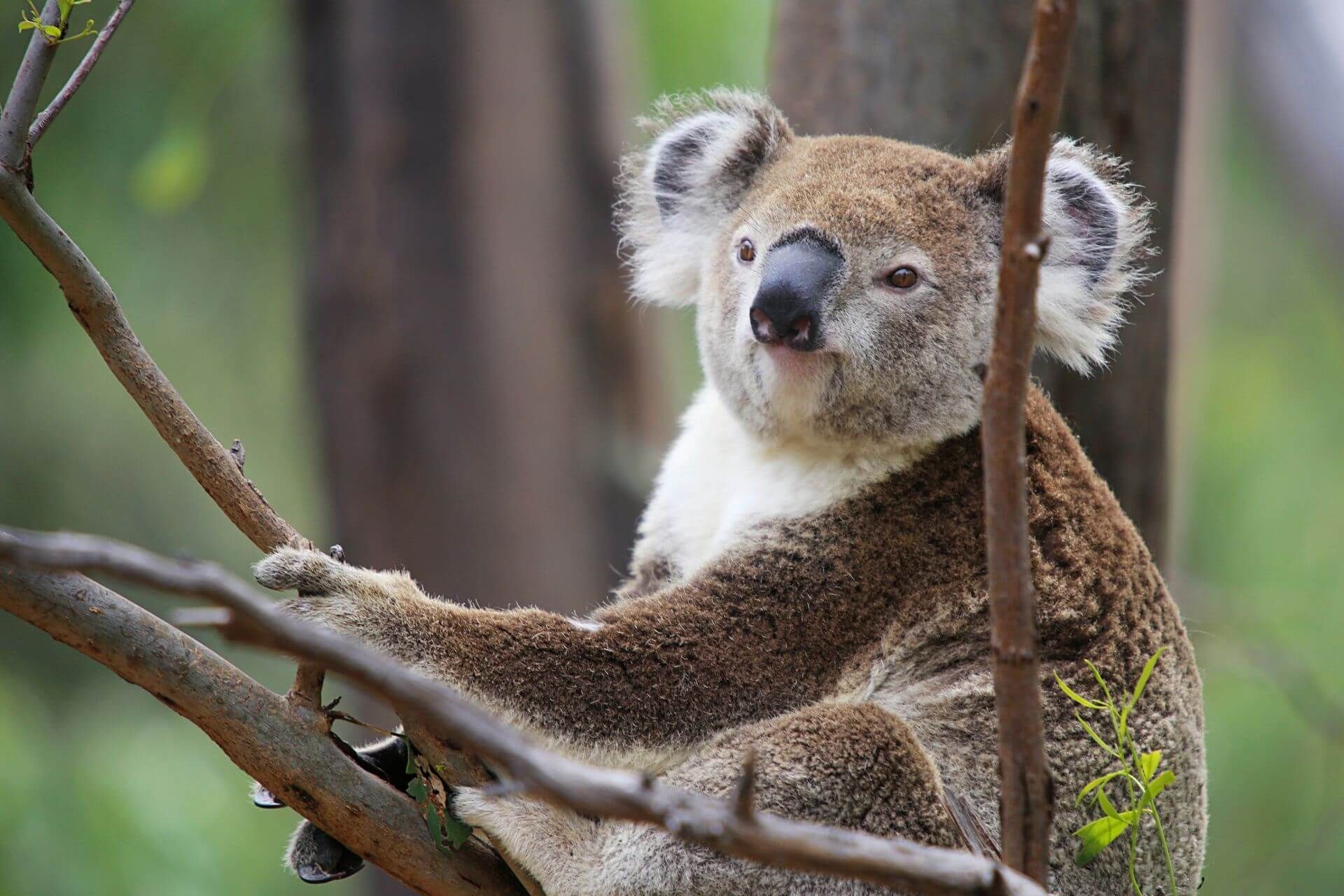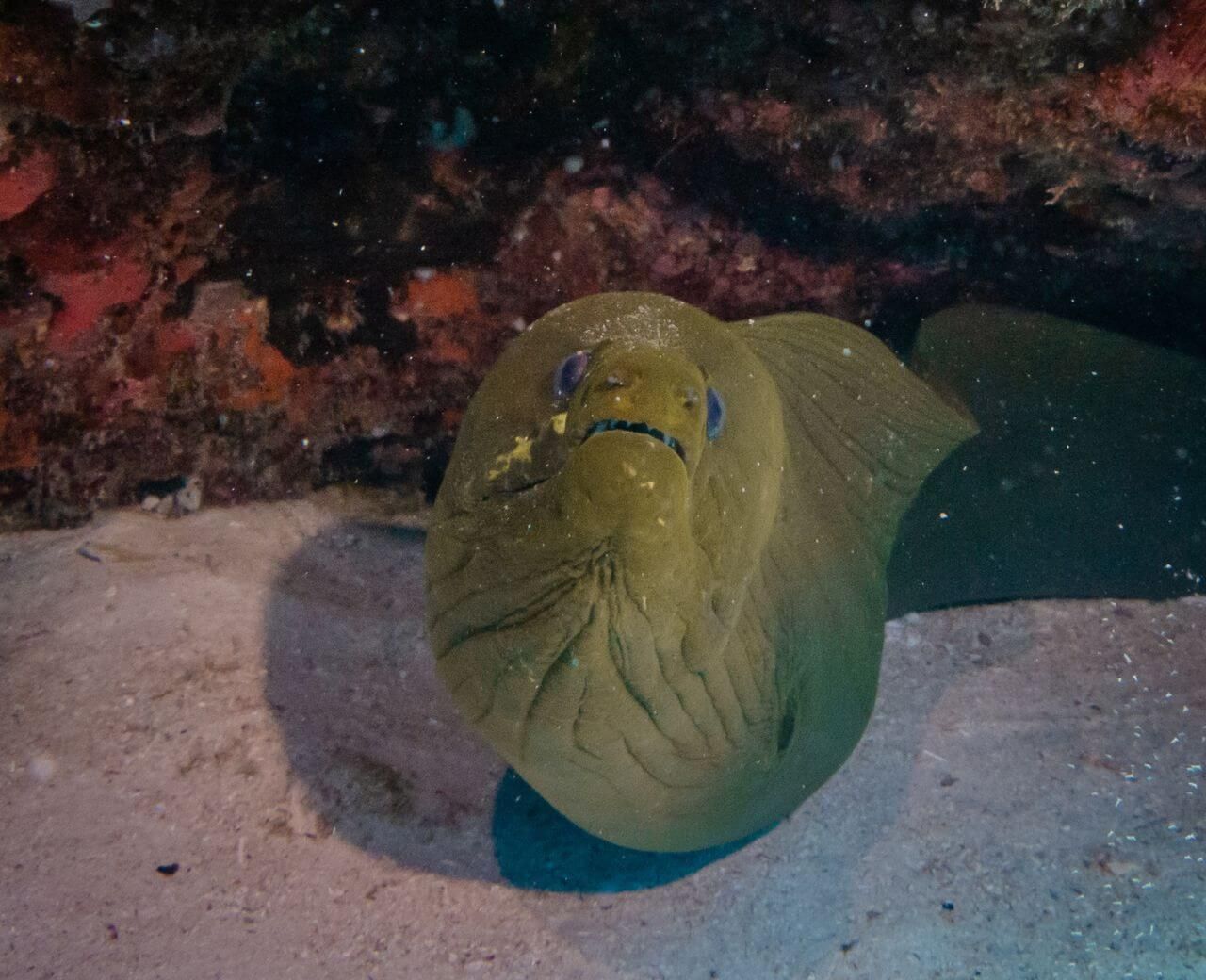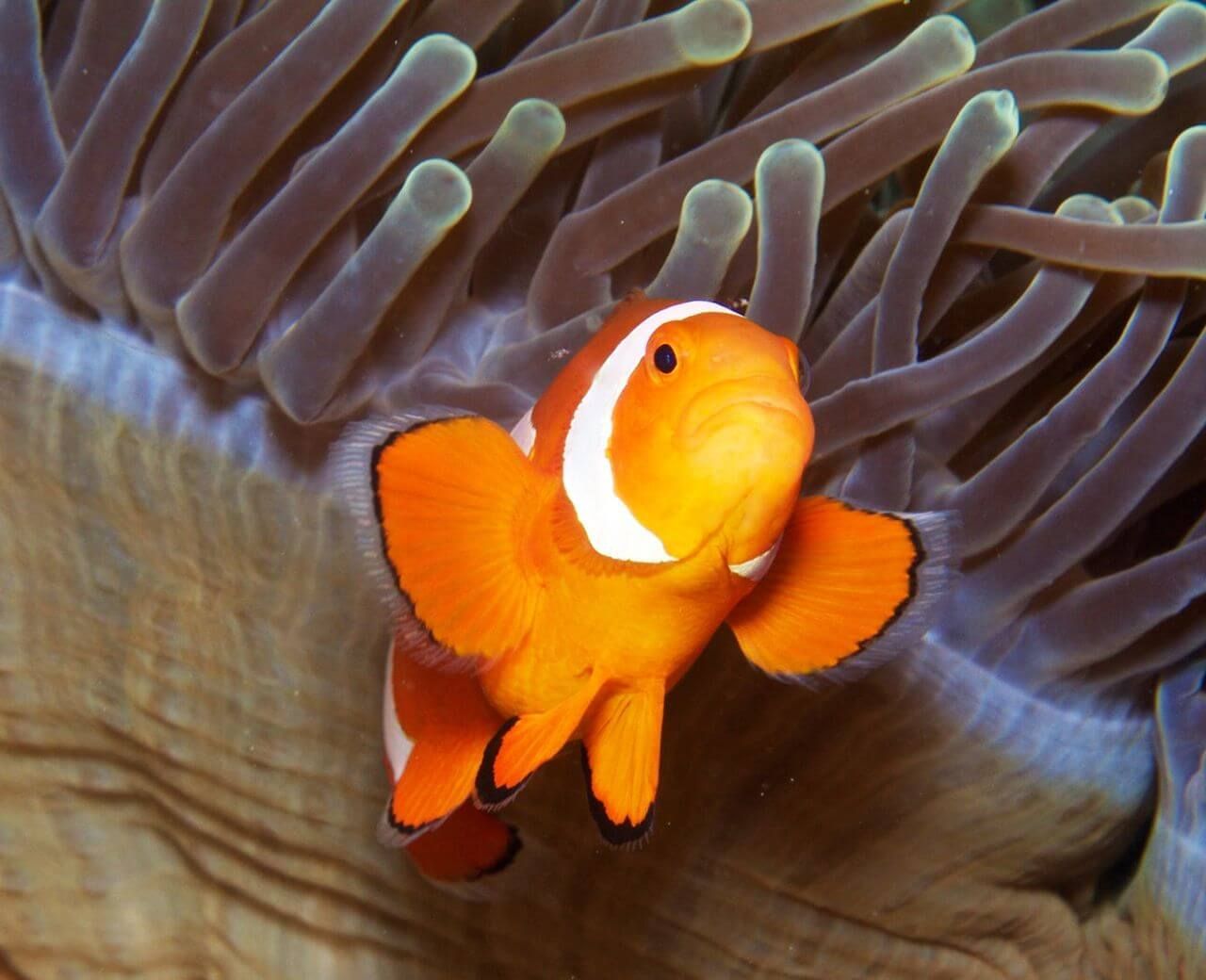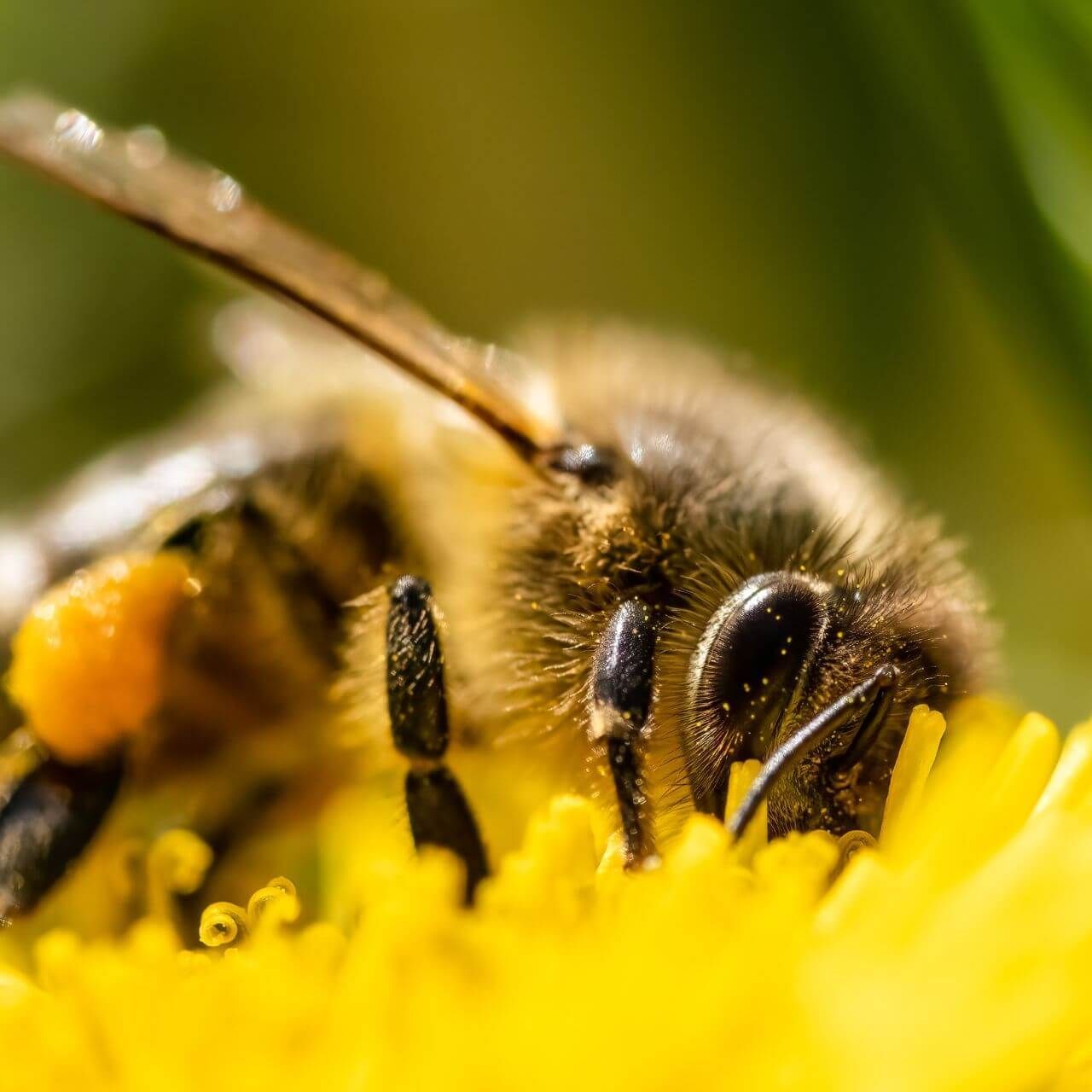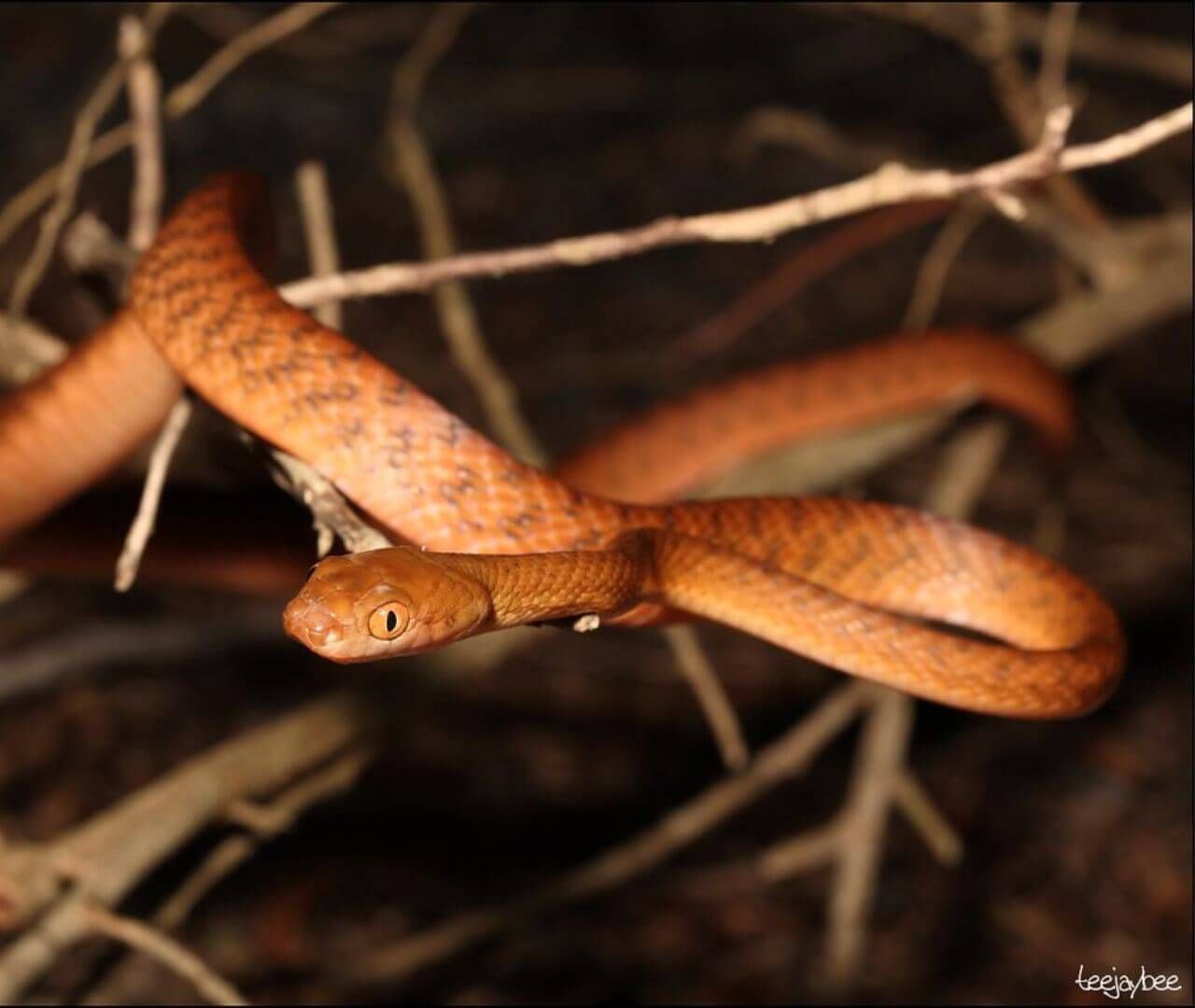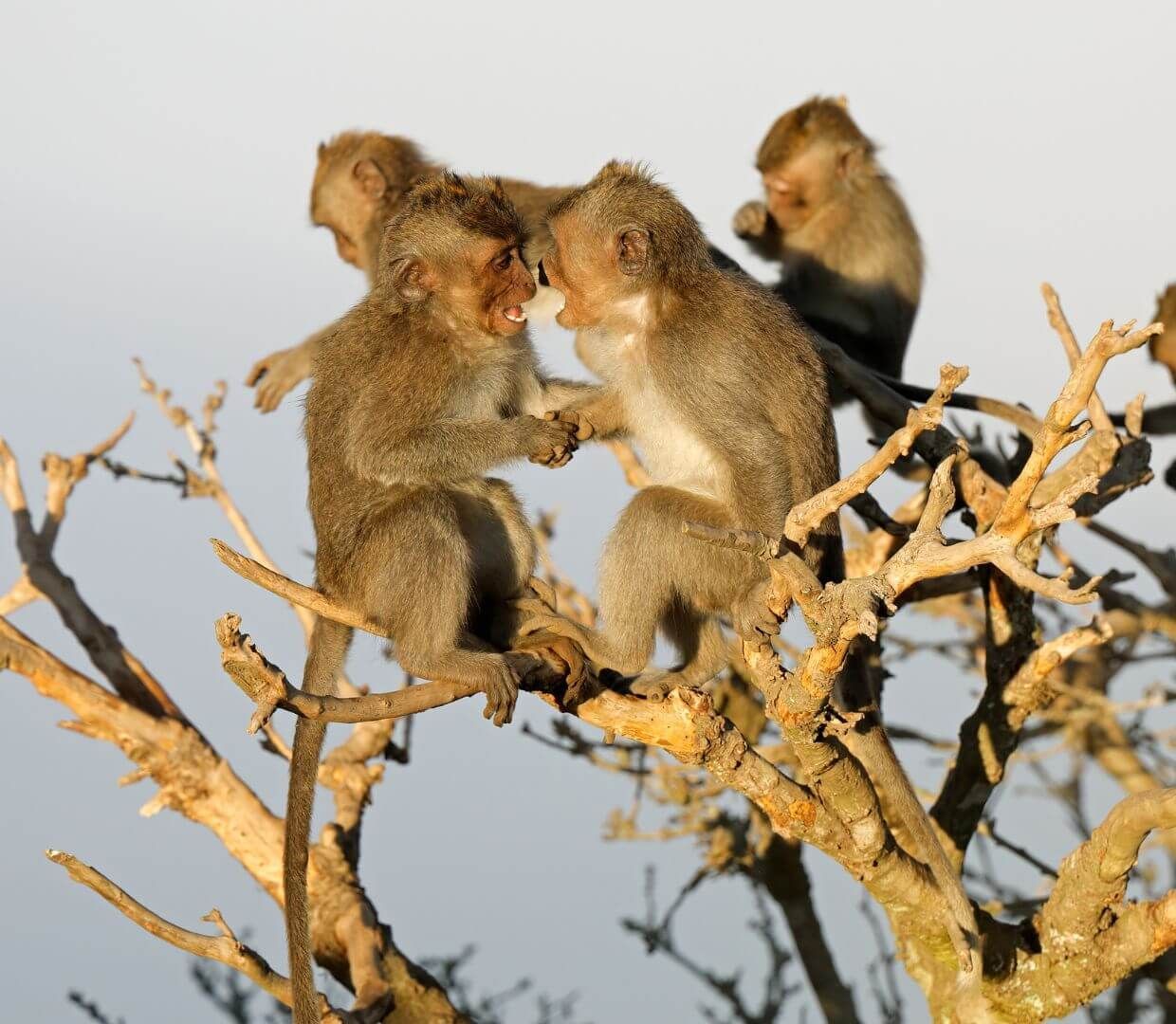Taxonomy
What Is Taxonomy?
Taxonomy is the scientific study of identifying, describing, and
classifying
organisms. But what does that really mean?
Taxonomy helps us put organisms into groups based on how similar or related they are. Taxonomy can be used for many different organisms, but we are going to focus on animals.
How Do Scientists Classify Animals?
To decide what taxonomic group an animal belongs to, scientists look at characteristics, like...
- DNA: Does this animal have similar DNA to other animals?
- Morphology: Does this animal look like other animals?
- Native range: Does this animal (or did this animal previously...) live near other animals?
- Reproduction: Does this animal have live offspring or lay eggs?
- Diet: Does this animal eat similar food to other animals?
- Endotherm or ectotherm: Is this animal cold-blooded or warm-blooded?
- Vertebrate or invertebrate: Does this animal have a backbone?
And many others!
What Is a Taxonomic Hierarchy?
Taxonomic groups are organized into a taxonomic hierarchy, which looks like an upside-down pyramid.
Groups near the top of the hierarchy (the widest section of the pyramid) are very broad and have many animals with just a few similarities. Groups on the other end of the pyramid (the narrowest section of the pyramid) are more specific, having just a few animals with a lot in common!
Domain
Domains are the largest, broadest group. Plants and animals belong to the same domain. Bacteria make up their own domain.
Kingdom
Kingdoms are where we separate plants from animals. This is why we sometimes call animals the "animal kingdom." All animals belong to the kingdom
Animalia.
Phylum (Plural: Phyla)
In the animal kingdom, all vertebrates belong to one phylum (called Chordata) and invertebrates make up several different phyla.
Class
Phylums are divided into classes. The Chordata phylum is divided into classes such as Mammalia (all mammals), Aves (all birds), Reptilia (all reptiles), and more.
Order
A class is further separated into smaller groups called orders. The Mammalia class is divided into orders such as Carnivora (all cats, dogs, bears, etc.), Rodentia (all rodents), Chiroptera (all bats), and more.
Family
Orders are divided into even smaller groups called families. The Carnivora order is divided into the Feline family (cats), Canine family (dogs, wolves, etc.), Ursidae (bears), and more.
Genus (Plural: Genera)
Families are further separated into genera. Animals in the same genus are very closely related and typically have many traits in common. The Feline family is divided into genera like Panthera (big cats), Lynx (lynx and bobcat), Acinonyx (cheetah), and more.
Species
A genus might include one or several individual species. The Panthera genus includes 5 species (lion, tiger, jaguar, leopard, snow leopard) while the Acinonyx genus only has one, the cheetah.
Subspecies
Some species may be broken into even smaller groups called subspecies. This often happens when one species is separated from each other. Leopards live in many different areas around Africa and Asia resulting in several different subspecies of leopard.
Scientific names for a species are written as "Genus species." If we know an animal's taxonomy, we can write their scientific name. On the flip side... If we know an animal's scientific name, we can identify its genus and species name. If two different species share the same first word of their scientific name, we know they share a genus and must be closely related!
Using an animal's scientific name is a great way to get a better understanding of their taxonomy and what other animals they are related to. Visit our Scientific Names blog to learn more.
Science Is Always Changing
It is very important to remember that scientists are always learning and discovering new information! Advancements in technology and more research have helped scientists understand how animals are really related. As scientists learn new information about animals, they sometimes have to change the way they are classified.
Animals in a taxonomic group can change as scientists keep learning.
Want To Learn More?
Check out EdZOOcating Adventures' Taxonomy lesson with videos, quizzes, activities, projects, glossaries, and more.
Taxonomy Lesson
$8 (No Expiration Date)Membership
Gain access to 70+ lessons for just $10/month or $100/year.



